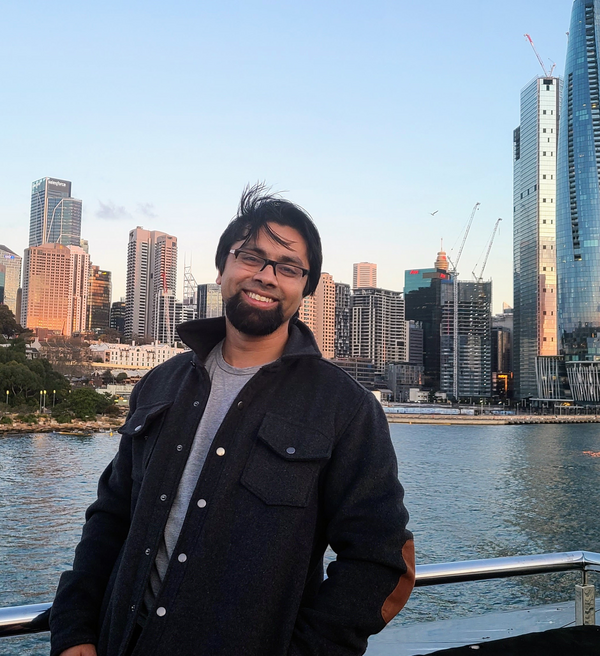
Seminar Speaker: TC Chakraborty, Scientist at Pacific Northwest National Lab and UIUC Visiting ISEE Scholar
- Event Type
- Seminar/Symposium
- Sponsor
- Professor Cristian Proistosescu
- Location
- 2079 NHB
- Date
- Sep 10, 2024 3:30 pm
- Views
- 143
- Originating Calendar
- CliMAS Colloquia
Capturing urban climate signals and their spatial variability in process-based models
Cities modify their local climate through changes in, among other things, radiative, morphological, and thermal properties. Cities are also highly heterogeneous, leading to spatial variability in environmental hazards and climate risks. For instance, poor and disadvantaged communities in U.S cities often live in the warmest neighborhoods. While a lot of work has been done to improve urban representation in models, these models are still not ideal for capturing realistic urban climate signals and their intra-urban variability due to poor structural and parameter constraints. In this talk, I will give an overview of some current limitations in capturing urban signals and particularly their spatial variability in process-based models, and potential ways forward by leveraging current-generation satellite observations. Of note, the talk will use distributional inequality in urban heat exposure as an example to demonstrate some of these issues. I will also talk about some ongoing urban model development efforts to address some of these gaps and better inform climate mitigation and adaptation strategies.